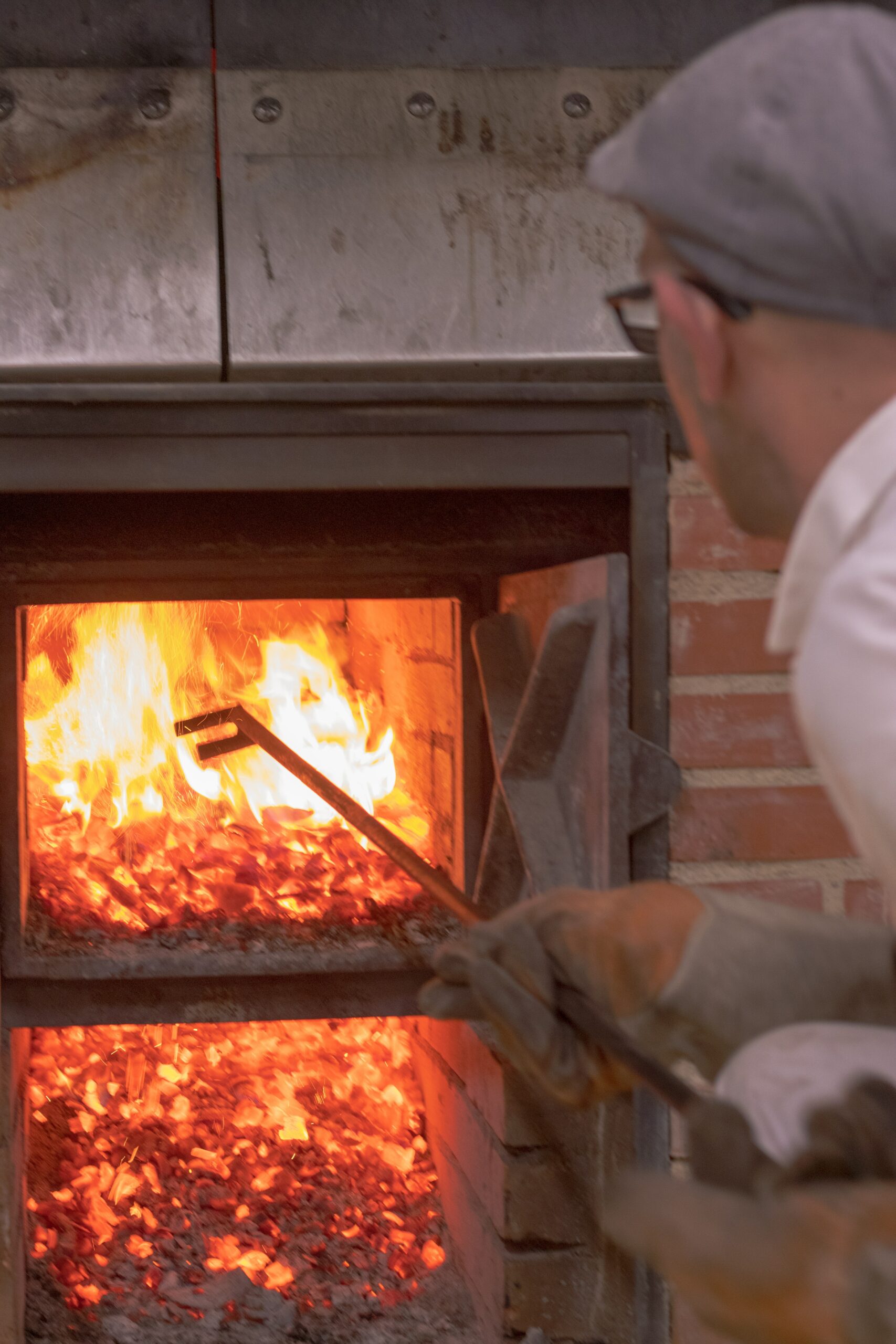The signature mark for all European countries, Estonia included, is the extremely cold and dark winters. Should you happen to land in Estonia from warmer countries in Summer, it is easy to get fooled that the temperatures will remain as high every time. Lo and behold, when winter sets in over Estonia, everything seems to go on a period of dormancy. Trees around shed off their leaves, insects go mute and people rarely want to open their mouths lest they lose the little heat from within. Should you be lucky to find a dating partner in Estonia, maybe that will cheer you up. But, even that alone isn’t enough.
| Ferratum EE | Loan | Explore |
| Kreditum.ee | Loan | Explore |
When you start seeing halloween equipment being sold at stores around, know its about to get chilly and darker. To avoid stress which may escalate to depression, having proper lighting indoors and a heating system in your apartment will work.
For a better part of the year, Estonia experiences low temperatures both during the day and at night. So houses are fitted with heating equipment to keep indoors warmer and comfortable. Outdoors too have proper lighting lest people feel like they are dumped into some bottomless dungeon.
A little head-up about Estonia
In the North Eastern part of Europe into the northernmost of the three Baltic states, lies the beautiful country, Estonia. In the area, there are around 1500 islands and islets. For a very long time Estonia had been under the domination of foreign powers. It remained a Soviet Republic until 1991 when it gained independence along with the other Baltic states.
Since then, Estonia has set a great pace to transform its government and reorient its economy. Estonia is well known for its minerals especially oil shale which greatly contributes to the production of electricity. Electric power generation remains a significant factor for both the Estonian economy and the surrounding region. Much of the Estonian power is supplied to parts of north-western Russia and Latvia.
Estonia produces its electricity through thermal power plants fired by oil shale. Over 20 power stations are present in Estonia and most of them are producing electricity in cogeneration mode. The major power stations like the Narva power stations were designed and built during the Soviet era. The Narva power stations contribute a fundamental load of power production in Estonia.
Energy Production in Estonia
Since the restoration of its independence in 1991, Estonia set a pace towards the restoration of its economy and government. Its electricity and gas markets are fully liberalised hence strengthening and creating a backbone of the Baltic electricity market. In addition, the liberalisation of the electricity market in Estonia strengthened the integration with the Nordic market.
While Estonia lacks a key conventional oil and natural gas resources of its own, it remains to be a transit country for Russian oil. Russia exports about 340,00 barrels of oil daily to the Baltic Sea. A good proportion of Estonian total basic energy supply is majorly from oil shale as per the information from the International Energy Agency.
Nonetheless, approximately 90% of power generated in Estonia is by gas and petroleum fired with oil shale. The remaining 10% of power is generated mainly from wind, biomass, natural gas, coal, and hydroelectric power sources. Despite non-renewable energy being the largest source of energy in Estonia, renewable energy is receiving great attention globally and so is Estonia.
For warm homes, to drive cars and have lighting in Estonia there is a need for energy. This energy is obtainable either from renewable or non-renewable power sources. Energy in Estonia is an area of national economy, research and technology that ensures the production, conversion, transfer, and use of energy.
Home heating in Estonia
Heating for homes in Estonia is largely connected to district heating but now, people use other detached heating equipment to supplement pre-installed solutions. Should you be in doubt on which entity is responsible for supplying heating to your housing, just turn to Google, insert your location details in Estonia and there will be a result for you. But, the details of heating should also be part of your lease agreement.
Until the year 2019, Estonia was operating under a fixed district heating based on a primary energy factor. This system however was deemed impractical given the transitioning issues within the district heating sector. The approach did not put into consideration the changes that were made in the sector then. So, it was wise that a differentiated solution that would comply with the district heating networks and energy performance requirements would be put into action. Hence, the transition from a fixed solution to a differentiated solution which is effective today.
District heating in Estonia
The most popular heating system in Estonia is district heating. This is mainly because of its convenience from the consumer’s perspective as the best heating system. Most Estonians believe that the district heating system ensures a very secure system of supply and that it is also environmentally friendly.
The significance of district heating in Estonia is gross as the development heightens the achievement of climate and energy goals. Estonians have played a critical role towards the transition process. So, the Estonian government equally plays its part by ensuring that its consumers are well informed and educated through a district heating promo application.
District heating is a critical part of the future decarbonisation of the energy sector in Estonia. This drive is evident from wide discussions engagements from various studies. District heating system is efficient, environmentally friendly and still stands out as the most appropriate for the supply of thermal energy. However, it can mainly work best within a densely populated area especially in cities.
Electricity in Estonia
The Estonian electricity sector is connected to the other Baltic countries, Russia and Finland. There is no need to ignore the history of the Estonian electricity system. By 2016, electricity production in Estonia was the dirtiest in the EU due to the quantity of carbon dioxide emissions. Oil-based fuels constituted almost 80% of the domestic electricity production.
With time, the renewable energy production systems have grown in Estonia. By 2016, Estonia had reached its target as per the EU renewable energy target. Estonia generates 11,554,020 MWh of electricity which covers about 131% annual consumption needs of Estonians.
As of December 2021, the price of electricity was $0.2/kWh for each household and $0.1 for businesses. However, this year there was a corresponding shock following the rise in electricity and gas prices in Estonia. As a matter of fact, the electricity price has quadrupled. The price for district heating has also not been left behind. It has hiked six-fold given the price of gas yet some networks are entirely gas-based.
Estonia has a capability of providing itself with completely self-produced energy. The total production is 131% of Estonia’s own usage but the country still trades energy with foreign countries. Its granted that imports and exports generate revenue for Estonia. But, the country should focus its attention towards complete production self-energy.



